Overview Polkadot (DOT)
Polkadot (DOT) is a next-generation multi-chain blockchain platform designed to enable interoperability between different blockchains. It was created by Gavin Wood, one of the co-founders of Ethereum, with the goal of solving some of the key limitations of blockchain technology, such as scalability, interoperability, and governance. Polkadot aims to allow different blockchains to communicate and work together in a decentralized, secure, and scalable manner, which could unlock the full potential of the blockchain ecosystem.

Key Features of Polkadot (DOT)
- Interoperability:
- One of the primary goals of Polkadot is to facilitate interoperability between different blockchains. This means that Polkadot allows various blockchains to transfer data and value between one another, which is crucial for fostering a more interconnected blockchain ecosystem.
- Polkadot achieves this by using a system of parachains (parallel blockchains) that can communicate with each other through the Polkadot relay chain. Each parachain can have its own unique features, governance models, and tokenomics, while still being able to communicate with other parachains on the network.
- Relay Chain:
- The relay chain is the main chain of the Polkadot network and is responsible for security, consensus, and cross-chain communication. It does not process smart contracts or handle transactions itself; instead, it acts as the central coordinator that connects and validates the activity of all the connected parachains.
- The relay chain ensures that all parachains follow the same security protocols and that transactions can be securely sent between parachains.
- Parachains:
- Parachains are independent blockchains that run in parallel to each other and are connected to the relay chain. These parachains can have their own governance, tokens, consensus mechanisms, and applications. They are highly customizable and can be designed for specific use cases.
- Parachains benefit from the shared security of the relay chain while still having the freedom to operate independently. The ability to create specialized parachains is one of Polkadot’s most innovative features, allowing the ecosystem to support a wide range of applications, from decentralized finance (DeFi) to non-fungible tokens (NFTs), supply chain tracking, and beyond.
- Shared Security:
- Polkadot’s shared security model ensures that all parachains benefit from the security provided by the relay chain. This means that a parachain doesn’t need to establish its own security mechanisms or validation system. Instead, it can rely on the Polkadot network’s collective security, which makes it easier and more cost-effective for parachain projects to launch.
- This also helps to reduce the risk of attacks or vulnerabilities, as the entire network (relay chain + parachains) is secured by nominated proof-of-stake (NPoS).
- Governance:
- Polkadot is governed through a decentralized governance model, where DOT holders (the network’s native token) have voting rights to influence network upgrades and decisions.
- The governance model is made up of several components, including:
- The Council: A group of elected members that propose network upgrades and decisions.
- The Technical Committee: A group of technical experts who can propose technical changes to the network.
- The Referendum System: All major decisions are made through a referendum system, where DOT token holders vote to approve or reject proposals.
- DOT Token:
- The DOT token is the native cryptocurrency of the Polkadot network and serves several key functions:
- Governance: DOT holders have voting power in the governance of the network, including decisions related to upgrades and changes to the protocol.
- Staking: DOT is used to secure the network through staking. Validators stake DOT tokens to participate in the consensus process and ensure the security of the relay chain and parachains.
- Bonding: DOT is also used for bonding new parachains to the network. When a parachain wants to join Polkadot, they must bond a certain amount of DOT as collateral. This process helps to ensure the stability and security of the entire network.
- The DOT token is the native cryptocurrency of the Polkadot network and serves several key functions:
- Nominated Proof-of-Stake (NPoS):
- Polkadot uses a variation of the traditional proof-of-stake (PoS) called Nominated Proof-of-Stake (NPoS). In NPoS, validators are responsible for securing the relay chain and verifying parachain transactions, while nominators support validators by staking DOT tokens on their behalf.
- This consensus mechanism allows the network to be highly energy-efficient while maintaining a high level of security and decentralization.
- Scalability:
- Polkadot aims to solve the scalability issues of traditional blockchains. Through its parachain model, multiple blockchains can run in parallel, each optimized for specific use cases. This enables parallel processing of transactions, which can drastically improve the network’s throughput compared to single-chain systems like Bitcoin and Ethereum.
- The scalability of Polkadot allows for much higher transaction throughput compared to single-blockchain solutions, with the possibility to handle thousands of transactions per second (TPS).

How Polkadot Works
- Validators and Nominators:
- Validators are responsible for maintaining the security of the relay chain and validating parachain transactions. They stake DOT tokens to participate in the network’s consensus mechanism.
- Nominators are DOT holders who back trustworthy validators by staking their tokens on their behalf. Nominators earn rewards in proportion to the amount they stake with validators.
- Parachain Slot Auctions:
- Polkadot’s parachain model allows for limited parachain slots on the network. To secure a parachain slot, projects must participate in parachain slot auctions. This is where they can bid DOT tokens to “lease” a parachain slot for a set period.
- Once a project wins a parachain auction, they can launch their parachain and start interacting with the network, using the relay chain’s security and communication capabilities.
- Cross-Chain Communication (XCMP):
- One of the core features of Polkadot is cross-chain message passing (XCMP), which allows parachains to communicate with each other in a secure and decentralized manner.
- This capability makes it possible for assets and data to flow freely across different blockchains, enabling a highly interconnected network of blockchains. It also paves the way for interoperable DeFi applications, where assets from different blockchains can be used together in a single application.
Advantages of Polkadot
- Scalability:
- Polkadot’s multi-chain design allows it to handle a much higher throughput than traditional blockchains, making it suitable for applications that require high transaction volumes.
- Interoperability:
- Polkadot enables communication between different blockchains, allowing assets and data to be transferred across chains seamlessly. This is crucial for the future of decentralized finance (DeFi) and other cross-chain applications.
- Security:
- With shared security between parachains and the relay chain, Polkadot provides a secure and trustless environment for building decentralized applications, with each parachain benefiting from the security of the entire network.
- Flexible Governance:
- Polkadot’s governance system allows for decentralized decision-making, giving DOT holders the ability to participate in the evolution of the network. This ensures that the network can adapt to new challenges and opportunities as they arise.
- Customizability:
- Polkadot’s parachains can be customized for specific use cases, allowing developers to create specialized blockchains tailored to their application’s needs without sacrificing interoperability.

Potential Use Cases for Polkadot
- DeFi (Decentralized Finance):
- Polkadot enables the creation of decentralized financial platforms that can easily connect and interact with other blockchains, facilitating cross-chain lending, borrowing, and asset transfers.
- NFTs (Non-Fungible Tokens):
- Through its parachain model, Polkadot can host specialized blockchains for NFT creation, trading, and management, while maintaining interoperability with other blockchains for broader NFT ecosystems.
- Supply Chain and IoT:
- Polkadot’s scalability and interoperability make it an ideal platform for decentralized applications in industries like supply chain management and the Internet of Things (IoT), where multiple systems need to communicate with each other.
- Cross-Chain DeFi:
- Polkadot enables the seamless integration of multiple blockchain networks, allowing decentralized finance applications to leverage assets and data from different chains for more robust and interconnected DeFi ecosystems.

Conclusion
Polkadot (DOT) is a groundbreaking blockchain platform designed to enable interoperability between different blockchains while providing a scalable, secure, and decentralized environment for decentralized applications. Its unique architecture, consisting of a relay chain and multiple parachains, allows for parallel processing, cross-chain communication, and specialized use cases, making it an ideal platform for building the next generation of decentralized applications.
Polkadot’s focus on shared security, decentralized governance, and cross-chain communication positions it as a leading solution for addressing the scalability and interoperability challenges faced by many blockchain ecosystems. Whether you’re building a DeFi application, an NFT platform, or a supply chain solution, Polkadot’s flexible and interoperable framework offers a promising path forward for blockchain innovation.




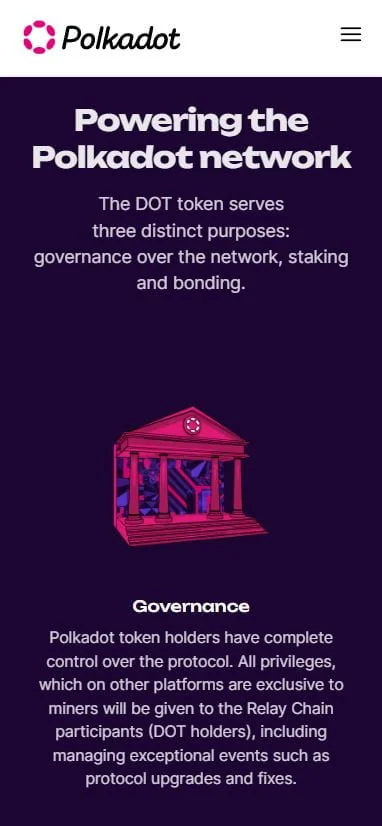














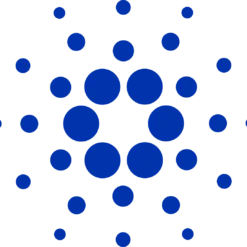

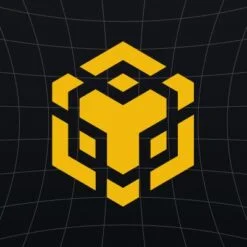
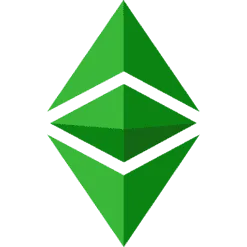
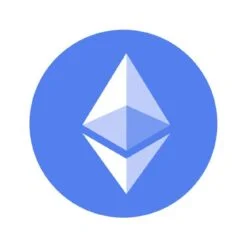
Harran –
👍
Jericho Christian –
Good !